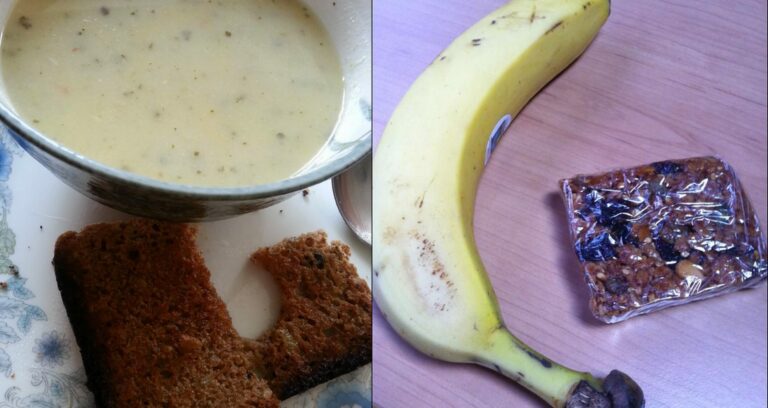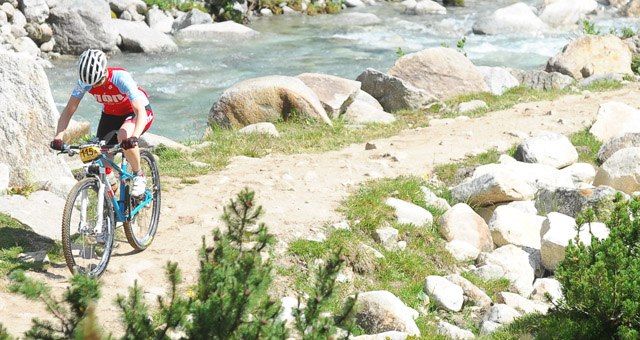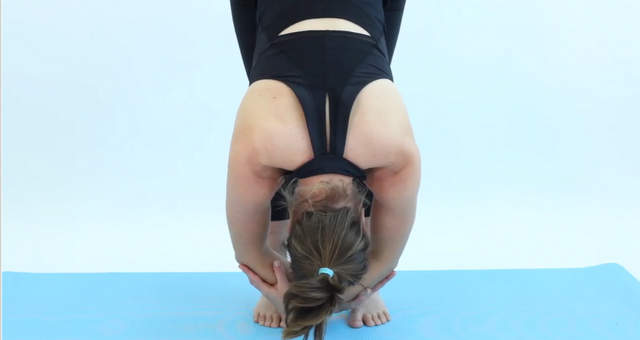The fact that you’re reading this probably means you’ve had a cycling-related ache or pain. As you’ll know from talking to others or from the TWC forum, you’re not the only one.
In fact studies have shown that up to 84% of cyclists have at least one pain with nearly half having a problem with their neck and about a third with their knee, groin, hand and back (Schwellnus and Derman, 2005). What’s more, women are one-and-a-half times more likely to have a cycling injury than men.
Cyclists love to blame the bike for their problems and look to change something – be it saddle height, the type of grips or go the whole hog and get a new bike (personally I always like an excuse for a new bike). And although it’s not always wrong to fault the bike, I’m afraid we’re going to have to take some of the responsibility and look at the biomechanics of our bodies too.
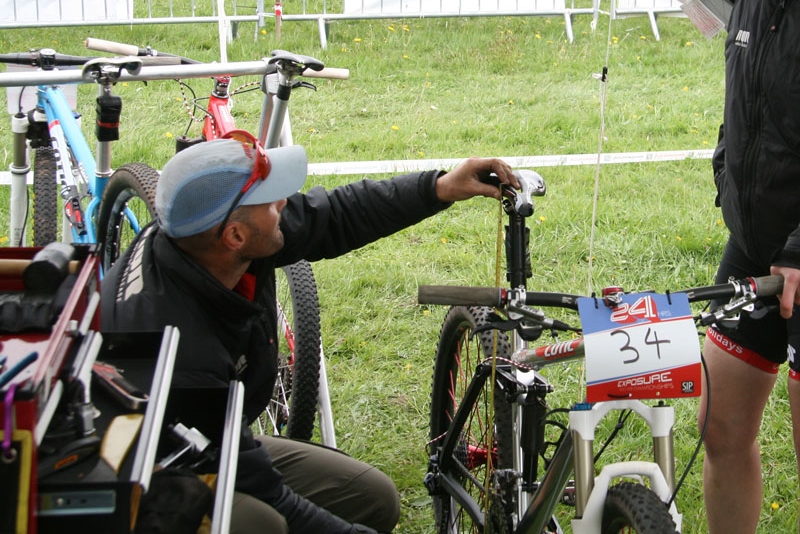
For example; hand pain tends to be caused by putting excess pressure through our arms and wrists. Whilst using padded gloves or changing grips should relieve things somewhat it doesn’t change the fact that we are putting too much weight through our arms. Altering our position on the bike to take some of the pressure off, say by lifting the bars, should help relieve things but in turn will have an effect on how well we can steer or how effectively we can put the power into the pedals.
By looking at our bodies and addressing any strength and flexibility issues that are stopping us riding, by getting into the right position, we should be able to support ourselves comfortably and maintain an effective riding position.
I’ve teamed up with Anne Dickins, a former endurance mountain bike rider and cycling physio to look at some of these issues to help you avoid cycling injuries, and become a stronger rider.
Anne has worked with a range of cyclists from recreational to elite racers, including at the velodrome at the London Olympics. Over the next few weeks we will look at some key areas which can contribute to our cycling aches and pains, starting with how your body and bike fit together and then how to avoid problems through strength, flexibility and how we train.
The Bike-Body Fit
The trouble is that a bike that is perfect for you in terms of comfort may compensate for any weaknesses you may have. This means that it could reinforce rather than address these issues – think about those high bars and padded gloves in the example above. Taking the load off your hands will help with your pain but may not help not strengthen your shoulders to support you better.
This concept goes into bike design too. A bike that is built for comfort usually favours an upright position, which requires much less strength and flexibility than the low-profile maximum-power position of a race bike. So, whilst adjusting your bike might make you comfortable it could limit your riding potential and progression – if you’ve ever tried to ride fast on a town bike you’ll know what I mean!
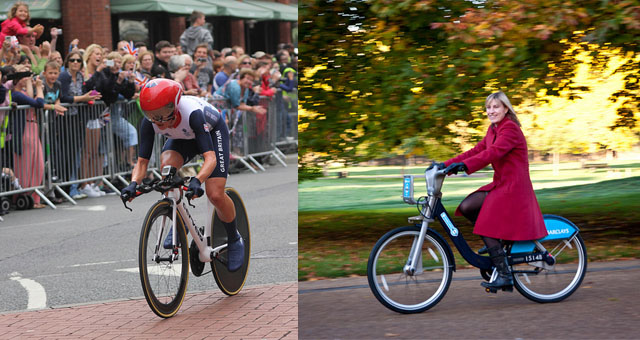
If a comfortable position isn’t ideal for performance how do we get to a more effective position without causing ourselves discomfort?
Most people will have heard about bike fitting, where your posture on the bike is considered; this process can really help in getting your bike right for cycling performance.
However, if you don’t have the flexibility, balance and strength to maintain this new position then you’re not going to suddenly become a better rider or more comfortable. You need to put in some work on yourself, as well as on the bike.
In fact, a bike fit or buying a new bike may leave you with more problems, as any lack of flexibility or weakness will pull muscles and joints into positions they don’t enjoy, which will hurt. In turn, your body is likely to compensate which can cause further problems.
This is not to say it’s never going to work, but it’ll probably take you a few steps to get there. Most bike fitters should be able to check for some of these issues but it’s worth working on these things yourself first to make the most of your visit if you go down this route.
Rather than just focussing on the shape and size of our bike we should think about what’s required to sit on our bikes and ride comfortably. A cyclist needs enough length in their back muscles and flexibility in spinal joints to lean forward to the bars, flexible hamstrings that let their pelvis move forward and strong enough gluteals (bum muscles) and abdominals to support themselves whilst pedalling to name a few.
As the majority of us sit in front of a desk all day, this typically leaves us weak where we need to be strong and stiff where we need to be flexible, so these are good areas to start addressing.
With the right strength and flexibility you should be able to ride your bike comfortably whilst in an effective pedalling position and, if you do have a bike fit after that, you’ll be able to get the most out of any further changes.
We’ll look at what we mean by strength and flexibility in due course but in the meantime here are some things you might want to think about trying for yourself in terms of becoming more comfortable and compatible with your bike.
Common bike-fit pitfalls
- Just because someone else swears by a bike it doesn’t make it right bike for you – everyone is a different shape and size and has different strengths and weaknesses. A common problem for women is that their bodies are different than men’s, for whom most bikes are designed. That’s not to say that just opting for a women’s specific bike is the answer either; it’s what is right for you.
- Ride different bikes to get a feel of what is comfortable for you and what is not, it’ll give you clues to what you might want to change.
- Don’t be afraid to change things on your bike to see if it suits you better – setting your saddle is a good place to start.
- Different shoes, socks, gloves and shorts can change your position on the bike so you may need to change your bike to compensate. If a new pair of shorts has a thicker chamois consider dropping your saddle by a few millimetres to balance this out.
- Change one thing on your bike at a time so you know what has made things better or worse. The right change shouldn’t cause you any pain although it might feel a bit odd to start with. If a change causes you pain then it’s too drastic or wrong – take it in stages.
- Unless you’re lucky then getting the right position on your bike that is efficient and comfortable is going to take some time. You might need to make lots of little changes as you get stronger and more flexible and better able to hold your position on your bike. Be patient and be persistent.
- The longer you spend in the saddle the better your flexibility and strength and the fit of your bike needs to be. Like other aspects of your riding, you’ll need to build up to this.

